Director: John H. Lee
Cast: Lee Jung-jae, Lee Beom-soo, Liam Neeson, Jin Se-yeon, Jung Joon-ho, Park Chul-min, Kim Byeong-ok, Jon Gries, Choo Sung-hoon, Kim Sun-a
Running Time: 111 min.
By Kelly Warner
I’m sort of fascinated by the Liam Neeson career shift post-Taken. Though he played action heroes pre-2008 (Star Wars and Darkman, for example), after Taken Neeson became Hollywood’s go-to actor for action movies requiring a middle-aged lead. Maybe it’s because Neeson doesn’t instantly remind viewers of earlier iconic action roles the way a Stallone or Schwarzenegger might. Or maybe it’s just that Neeson has finally found a star role that audiences respond to and which he can refine across multiple films—the gruff voice, the icy glare, and a believable talent for breaking the bones of men half his age (director Jaume Collet-Serra deserves some of the credit for perfecting the Badass Neeson image). Neeson’s smart enough as an actor to know that the tough old guy isn’t the only sort of part he should be playing, though, and he continues to pick a few surprising roles that most of us probably never saw coming—like making fun of his tough guy persona in The Lego Movie, playing a talking tree creature in A Monster Calls, and now co-starring in a Korean-based CJ Entertainment production as General Douglas MacArthur.
Operation Chromite is based on a true story. In 1950, after North Korea invaded and claimed much of the land beyond the South Korea border, UN forces led by Gen. MacArthur were mobilized to defend South Korea from the Northern aggressors. MacArthur, one of America’s most revered war heroes, had negotiated peace in partnership with Japan’s Emperor Hirohito just five years before. After a failed bid for the White House, Gen. MacArthur was entrusted by the UN and President Truman with deescalating the Korean War before things got any worse. MacArthur thought that the best way to accomplish that goal would be to charge the occupied city of Incheon from the sea. However, a well-defended beach put odds of success at 5,000 to 1. In order to ensure victory, MacArthur worked in coordination with South Korean spies who were sent into Incheon to weaken the defenses before the landing parties arrived.
Though MacArthur is important to the story, the film primarily focuses on the South Korean spies. Assuming the identity of North Korean troops, Lt. Jang (Lee Jung-Jae) leads his men into the lion’s den in search of maps that might reveal where the mines are hidden off the Incheon coast. Standing in his way is the volatile North Korean Col. Lim (Lee Beom-Su), who begins to suspect Jang almost right away.
Though billed as a war movie, Operation Chromite also has much in common with men-on-a-mission spy flicks. The South Korean spies know that they’re only one wrong step away from being revealed and consequently murdered. The bodies of those who dared to stand up to the North are given public executions and left on display in the streets to frighten the civilians. When Col. Lim sits Jang down and questions his views on religion and Communism, he’s essentially giving Jang a life-or-death quiz. Ideology can get you killed.
Lee Beom-Su (The Anarchists) is great as the film’s chief antagonist. Col. Lim represents the danger of absolute belief. Lee Beom-Su plays Lim as a little unhinged, though I thought it a more interesting character than most North Korean villains seen in film today. As Col. Lim’s nemesis, Lee Jeong-Jae (Assassination) gives a strong, reserved performance as Lt. Jang. I expect that Jang’s character probably plays differently for Korean audiences—whether he is viewed as a patriotic hero, or if the role is felt to be hero worship, I do not know. This American’s opinion is that Jang is the best character in the film and Lee gives the best performance. He’s cool and confident without ever feeling like a caricature.
The Korean supporting cast is decent, though their characters are underwritten. Actress Jin Se-Yeon (Enemies In-Law) plays a woman who views South Koreans as traitors before the North’s violence forces her to reassess how she sees the world. It’s a good part but she could’ve used more screen time to better sell her character’s arc.
Most of Liam Neeson’s screen time is devoted to poorly written dialogue scenes in cramped spaces shared with subpar American actors. (Neeson, who might have only 20 minutes in the film, only really shares one scene with Korean lead Lee Jeong-Jae.) At first, Liam Neeson gives the film a cool international quality. Few foreign action movies are able to secure an A-list Hollywood star, so this is big. And Neeson looks the part, too; he chomps on that wooden pipe, he pulls up his pants too high, and he commands his men with unquestioned authority. But the English dialogue script, credited to a different writer from the rest of the film, is oh so bad. Neeson gets to say some lines that probably read as inspirational—and who knows, maybe MacArthur even said a few of ’em—but they all feel out of place, either because of the way they’re delivered or where they fit into their respective scenes. Neeson and the supporting English cast try their best to make it work but sometimes the results are just plain silly.
Where Operation Chromite excels is in the action scenes. The powerful sound design really ups the impact of the shootouts and the clear editing keeps things moving at a brisk pace. Some set pieces defy realism and take on an almost Indiana Jones adventure quality but I thought that added to the entertainment value of the picture. Operation Chromite is not a fact-driven historical recreation, it’s a historical action movie, and I think director John H. Lee (A Moment to Remember) makes that clear from very early on. Our heroes get bloody, sacrificial deaths and the villains go down in droves of bullets and/or fiery explosions. It’s loud and sometimes dumb, but I think it hits the desired mark for a wartime action movie.
Though the Korean parts of the film are not without flaws (under developed characters and overly sentimental sendoffs), there is a distinct difference in quality between the two different sections of the film. The American side of things has Liam Neeson saying some unintentionally funny stuff while waiting around to finally get into the fight. The Korean side of things is a well-executed, patriotic actioner about the self-sacrificing heroes who saved South Korea from Communist rule (big surprise: North Korea hates the movie). I tend to think that the film would’ve been better off with a dramatically reduced role for MacArthur and the UN, since that’s where most of the film’s flaws originate. It’s a strange movie for Liam Neeson at the height of his newfound popularity. But again, I still don’t know what to expect from Neeson in the new stage of his career. He apparently simply enjoys taking on odd and unexpected roles amongst all the kidnapping thrillers. It’d be cool if he made another foreign film in the future, hopefully with a better script.
Kelly Warner’s Rating: 6.5/10


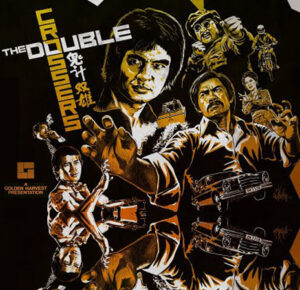
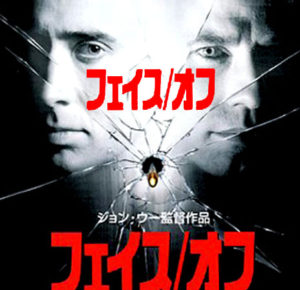

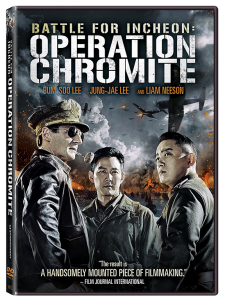

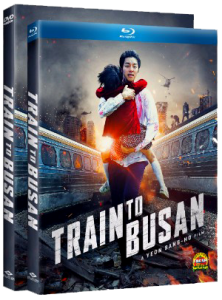

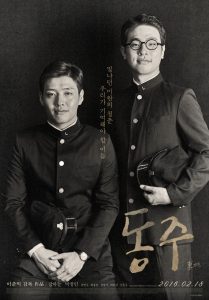

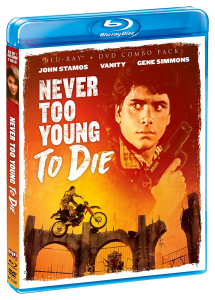





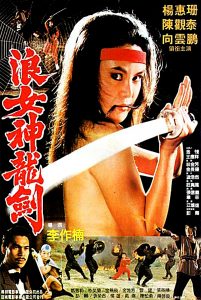





5 Comments